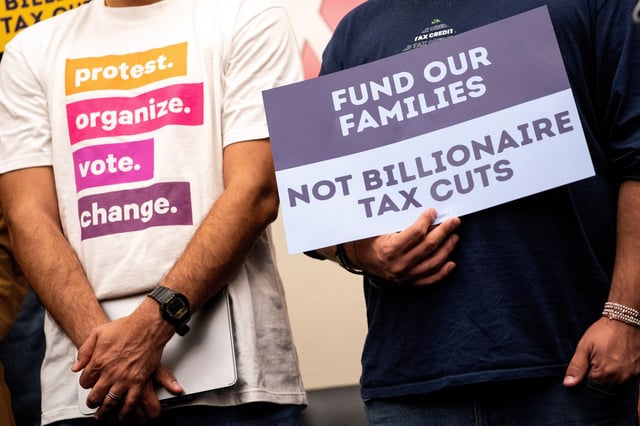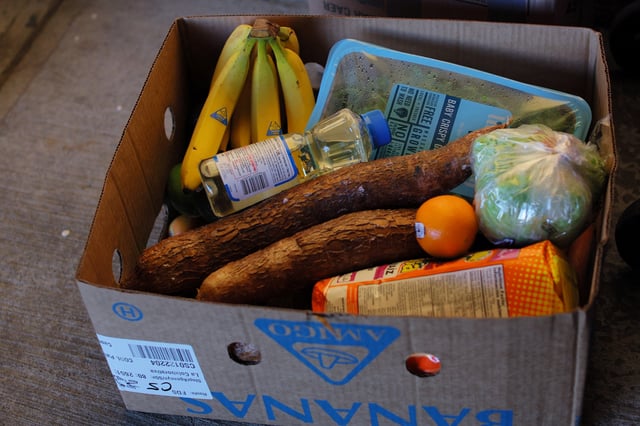Overview
- The House bill would begin in fiscal 2028 and require states to cover 5% to 25% of SNAP food benefit costs based on each state’s error rate, shifting over $20 billion to state and local budgets.
- States would also see their share of administrative costs rise to 75% from 50%, adding roughly $2 billion in annual expenses at the state level.
- Expanded work requirements under the proposal would apply to recipients aged 55–64 and some parents without young children, with the CBO projecting a monthly reduction of 3.2 million participants.
- California, New York, Florida and Texas face the largest new bills—between $1.2 billion and $3.7 billion—and officials warn many states cannot absorb the financial burden without cutting benefits.
- Senate passage is uncertain as some Republican senators question the impact on federal deficits and vulnerable families, prompting potential revisions to secure sufficient support



